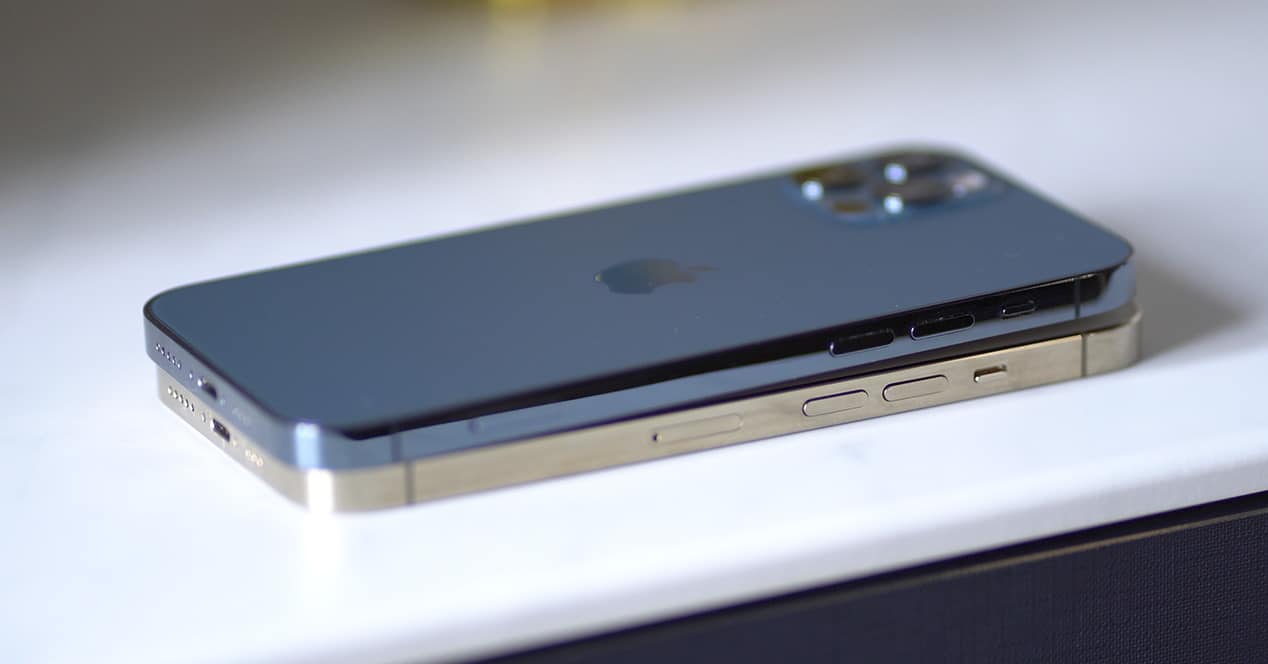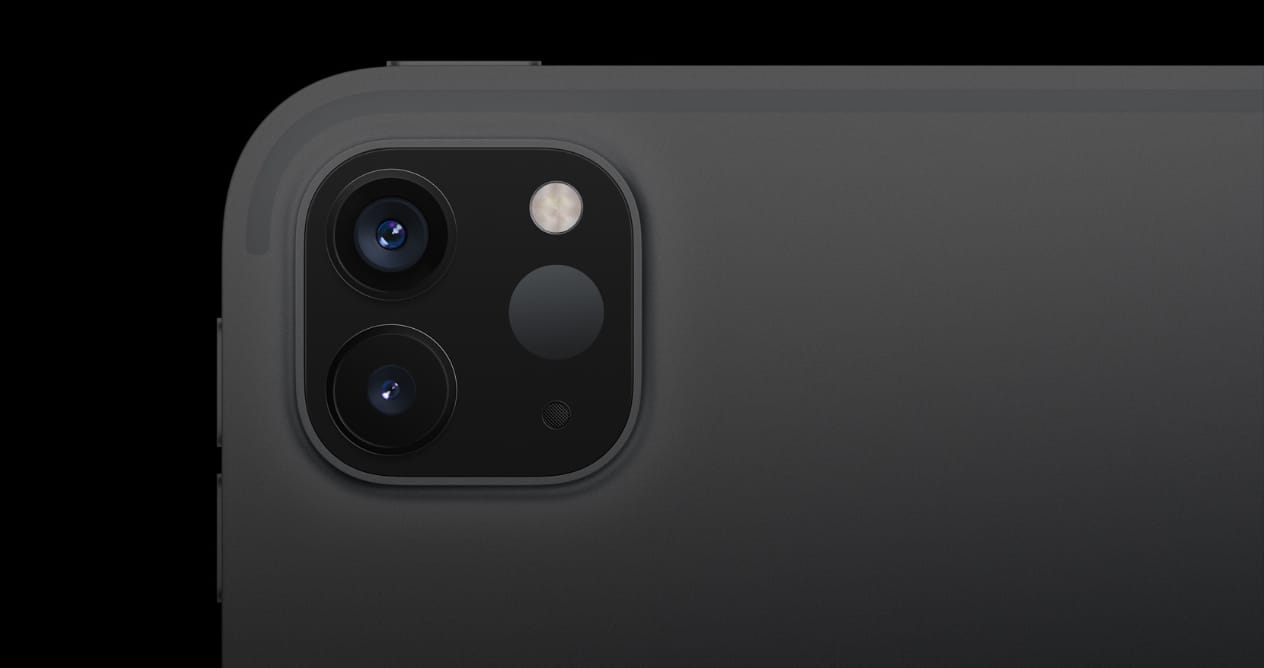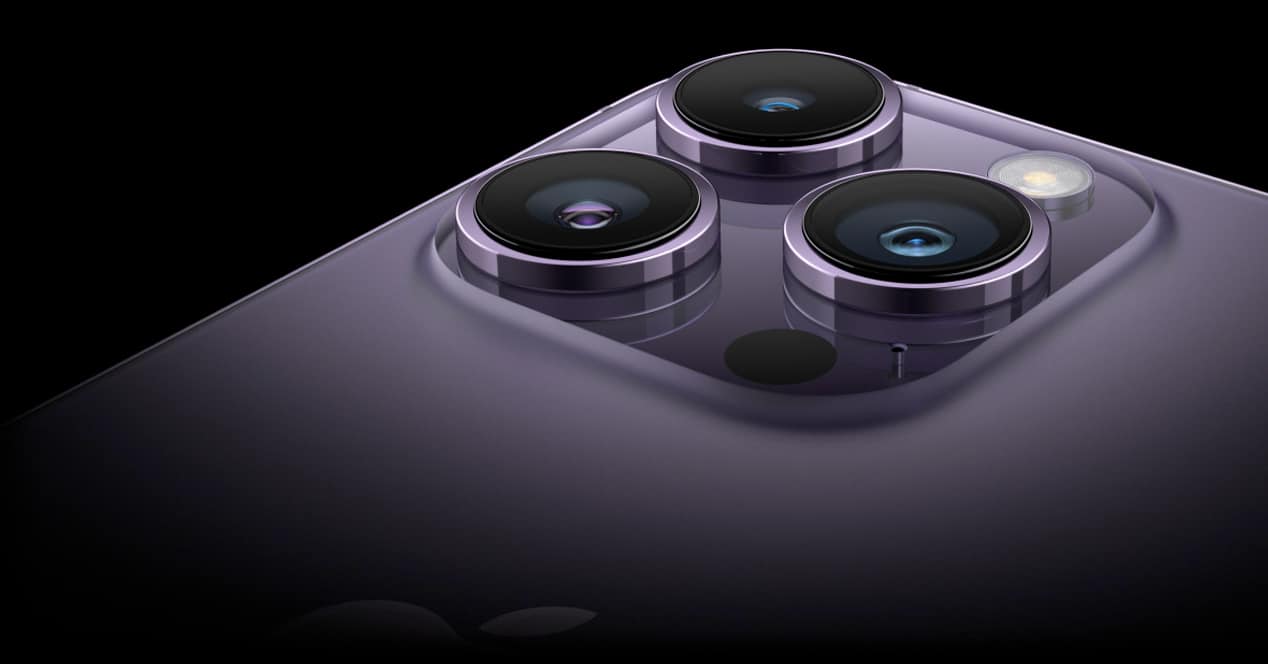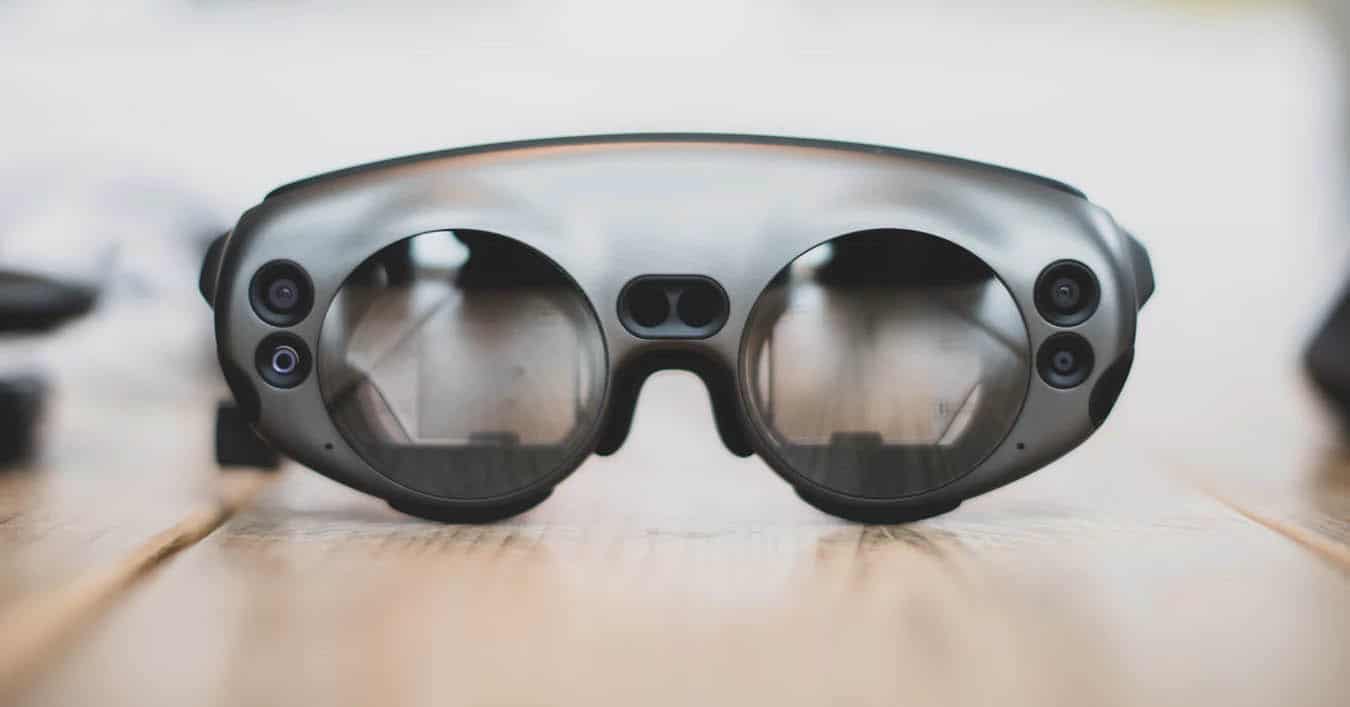

One of the details that has been disturbing iPhone users the most is seeing how the part of the cameras has been enlarging its dimensions to unsuspected levels. Having a better camera requires a series of sacrifices, but it seems that soon this excessive growth will come to an end. The secret? The Metalens.
What are Metalens?
Until now, the cameras of electronic devices have been using plastic lenses that allow specific focal lengths to be obtained in small sizes. The problem is that with the increase in the size of the sensors, these lenses have also grown, and the end result is a sandwich of elements that cannot be reduced too much, hence those bulging steps on the backs of mobile phones.
But you know how it is with technology that one day surprises you with a novelty and the next day it is already outdated. The solution has taken time, but it seems that it is already a reality, and it is that the metalens are newly developed lenses that are characterized by being flat.
But how is the light beam going to expand towards the sensor? This is where the metasurfacea surface layer formed by nanostructures resting on a metallic film. These nanostructures would make the function of microscopic mirrors that reflect light received at a specific angle, thus allowing the image to be taken directly to each pixel of the sensor.
The result is a completely flat lens that works just like a curved lens, and as you can imagine the benefits it can give are enormous.
First step: the iPad

Taking into account that the technology is extremely modern, the solution will not arrive immediately, much less to reference products within the Apple catalog. The first step, according to expert analyst Ming-Chi Kuo, will be to integrate the technology into the iPad Pro 2024. The idea is that both the Face ID camera and the ToF camera include metalens.
later the iPhone

The next step would be to make the leap to the iPhone, but it will also be quite gradual, since at first the metalens would only sneak into the Face ID camera between 2025 and 2026and it will not be until 2028 and 2030 when the technology finally reaches low-end cameras or LiDAR systems.
The last piece of the puzzle: AR glasses

As it could not be otherwise, the fundamental use of metalens would be focused on augmented reality viewers, since they will allow extremely compact and lightweight designs to come to life. And that is just what seems to be raised in Apple’s roadmap, since Kuo points out that augmented reality glasses would carry this technology when they go into production. between 2026 and 2027.
It is important not to confuse these metal glasses with the virtual reality glasses that could be presented this year. The idea of the model with metalens is to be something extremely compact, and one could even speak of a model that mimics contact lenses, hence its remote release date.
Fountain: Ming Chi Kuo
Via: appleinsider



